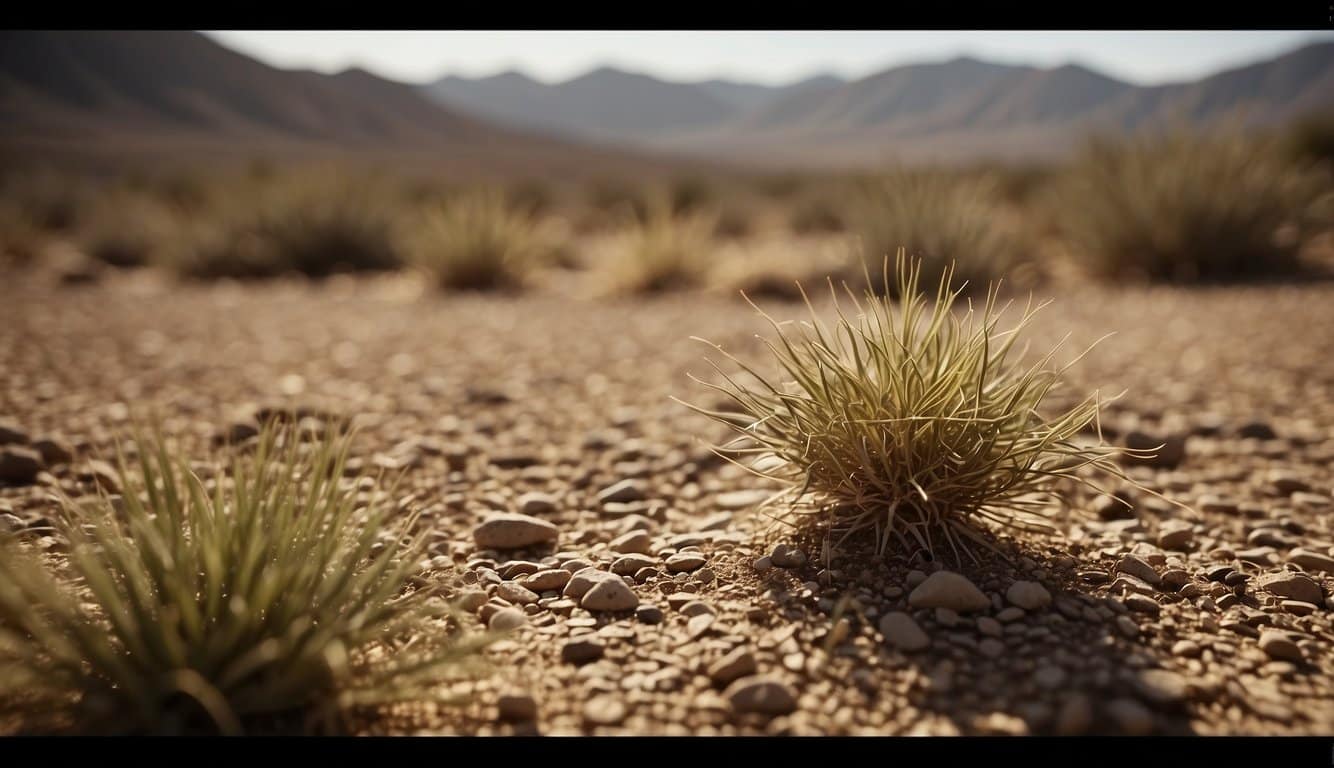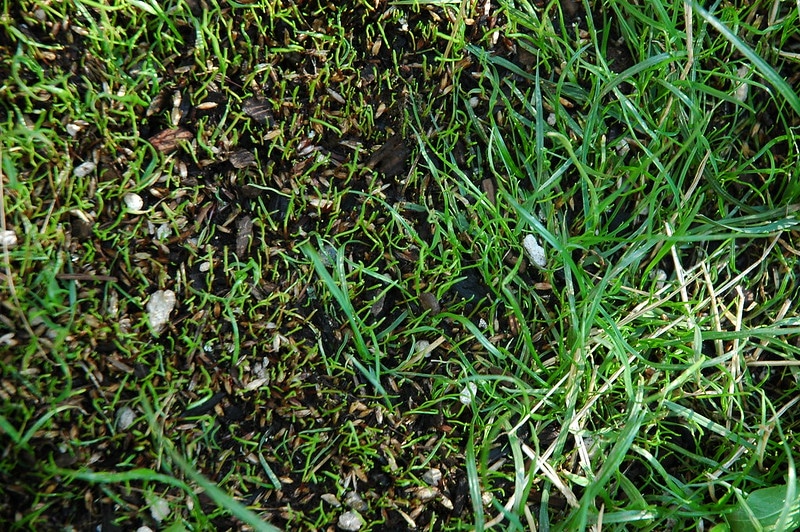Arid Region Agro-Climatology
When planting grass seeds in arid regions, grasping the local agro-climatology is fundamental. Arid climates typically exhibit:
- Low rainfall: Often less than 250mm per year.
- High evaporation rates: Exceeding precipitation, causing net water loss.
- Extreme temperatures: Wide fluctuations between day and night.
Consider these factors for optimal growth:
- Soil Type
- Sandy or loamy soils: Better drainage but may require more frequent watering.
- Clay soils: Retain water longer but risk waterlogging.
- Sunlight Exposure
- Full sun: Most grass types need 6+ hours.
- Partial shade: Select shade-tolerant species.
- Watering Strategies
- Early morning or late evening: Reduces evaporation.
- Drip irrigation: Targets roots directly.
- Mulching: Retains soil moisture.
Seasonality plays a pivotal role in your planting times and grass species selection.
- Cold season grasses: Survive with cooler temperatures and occasional frosts.
- Warm season grasses: Thrive in hotter months with minimal watering.
Remember to regularly monitor local weather forecasts and be aware of drought advisories to adjust your irrigation plans accordingly.
Grass Seed Varieties for Arid Regions
Selecting the appropriate grass seed varieties for arid regions is crucial to successful cultivation, with considerations for both drought tolerance and genetic optimization being at the forefront.
Drought-Tolerant Grass Types
In arid climates, the choice of grass type significantly impacts both establishment and survival. Here are some varieties that have adapted well to low-water conditions:
- Cool-season grasses: Thrive in areas with cold winters and hot summers.
- Creeping bentgrass
- Kentucky bluegrass
- Warm-season grasses: Best for hot climates, generally cease growing when cool.
- Bermuda grass – known for rapid growth and heat tolerance, making it a popular choice for arid and semiarid regions (Seeding Native Grasses in the Arid Southwest).
- Buffalo grass – requires minimal watering once established.
Optimizing Seed Genetics
Manipulating the genetic makeup of grass seeds can contribute to better yields and hardiness in arid environments:
- Crossbreeding and hybridization: By crossbreeding grass species, breeders aim to produce hybrids that can withstand the challenging conditions.
- Genetic enhancements: Geneticists are continually researching to produce grasses with traits such as:
- Deeper root systems for better water access.
- Improved seedling vigor, which is critical for successful establishment, as highlighted in resources like The Basics of Seeding Native Grasses in Arid Ecoregions.
Soil Preparation Techniques
Optimal soil preparation is crucial for successful grass seed germination, especially in arid regions where conditions can stifle growth.
Soil Amendment Practices
- Test Your Soil: Before you start, it’s essential to have your soil tested to determine its pH and nutrient levels. If your soil is too acidic or alkaline, grass seeds may struggle to grow.Amend Soil Composition: Based on your soil test results, incorporate specific amendments to balance pH and replenish nutrients.
- For alkaline soils, sulfur or peat moss can lower the pH.
- For acidic soils, add lime to raise the pH to an optimal level for grass seeds.
Incorporate Organic Matter: Mix in well-decomposed compost to enhance your soil structure and fertility.
Moisture Retention Strategies
- Add Mulch: Spread a thin layer of mulch after seeding. It will help to retain moisture and protect the seeds from extreme temperatures.Employ Hydrogel Crystals: These crystals can be mixed into the soil to absorb and gradually release water, providing consistent moisture to the seeds.Water Management:
- Irrigation Timing: Water your seeds early in the morning or late in the afternoon to reduce evaporation losses.
- Overseeding: In arid climates, seeding more densely can create a microclimate among grass blades that retains moisture.
Irrigation Innovations for Seed Establishment
In the challenging climates of arid regions, ensuring the successful establishment of grass seeds is paramount. Two key irrigation innovations can significantly improve seed germination and survival rates.
Drip Irrigation Systems
- Tailored Water Delivery: Drip irrigation provides precise water delivery directly to the root zone of newly planted seeds, minimizing waste and increasing water-use efficiency.
- Automated Scheduling: With the right setup, your drip irrigation can be automated to deliver water at optimal times for seed establishment, which can be crucial during critical growth periods.
Water Conservation Methods
- Mulching Techniques: Applying a layer of mulch around your plantings can significantly reduce evaporation and maintain optimal soil moisture levels.
- Soil Amendments: By incorporating organic matter such as compost into your soil, you can improve its water retention capabilities, ensuring that seeds have access to moisture even between irrigation cycles.
Monitoring and Maintenance
Sowing seeds in arid regions comes with its unique set of challenges, and your success hinges on two critical factors: vigilant growth tracking and proactive pest and disease management. Adopting these practices ensures the health and viability of your newly established grasses.
Growth Tracking and Analysis
- Establish a Schedule: Regular monitoring should be a top priority. Set up a weekly or bi-weekly schedule to observe and note growth patterns, including:
- Rate of germination
- Seedling vigor
- Coverage consistency
- Data Recording: Document your findings in a structured format such as:
Week Germination Rate Seedling Vigor Coverage 1 X% Low/High Sparse 2 X% Low/High Moderate … … … … - Adjustments: Utilize your observations to adapt your maintenance strategies, focusing on areas such as irrigation frequency and nutrient application where necessary.
Pest and Disease Management
- Early Detection: Pay close attention for signs of stress in your grasses, which might include:
- Discoloration
- Stunted growth
- Visible pests on the blades or soil
- Appropriate Action: Upon the first sign of trouble, take swift action tailored to the specific issue at hand. This could range from organic pest control measures to applications of fungicides or other suitable treatments.
Frequently Asked Questions
Navigating the challenges of planting grass seeds in arid regions requires tailored approaches to irrigation, erosion control, and species selection. Here, find targeted advice to ensure you give your arid garden the best chance of lush, green success.
How can effective irrigation be achieved for grass seed in arid regions?
- Opt for drip irrigation or soaker hoses to deliver water directly to the root zone, minimizing evaporation.
- Water during early morning hours when temperatures are cooler to reduce loss from evaporation.
What techniques are useful for protecting new grass seeds from wind and water erosion in dry areas?
- Apply mulch to newly seeded areas to safeguard against wind.
- Utilize erosion control blankets or mats for stabilizing soil and protecting young seedlings from heavy rains.
Which grass species are best suited for successful germination and growth in arid zones?
- Consider warm-season grasses like Bermuda, zoysia, or buffalo grass for their drought tolerance and ability to thrive in hot, dry conditions.
- Research native grasses that are naturally adapted to your region’s climate and soil type.
How does extreme temperature affect the germination rate of grass seeds in desert climates?
- High temperatures can inhibit germination; aim to sow seeds when soil temperatures are moderate, preferably at least 50°F (10°C).
- Remember that frost or temperatures consistently below 50°F (10°C) can be detrimental to the germination of many grass species.
What soil amendments can improve grass seed survival and establishment in arid regions?
- Integrate organic matter such as compost to increase water retention and add nutrients to the soil.
- Apply soil conditioners that improve aeration and assist root development.
How does desertification impact the grass sowing and establishment process, and what mitigation measures can be taken?
- Desertification reduces land fertility, making grass establishment challenging.
- Restoration and ecosystem recovery efforts are crucial in these environments.
- Combat this by selecting hardy grass species and employing soil conservation practices like creating windbreaks to preserve soil moisture.

